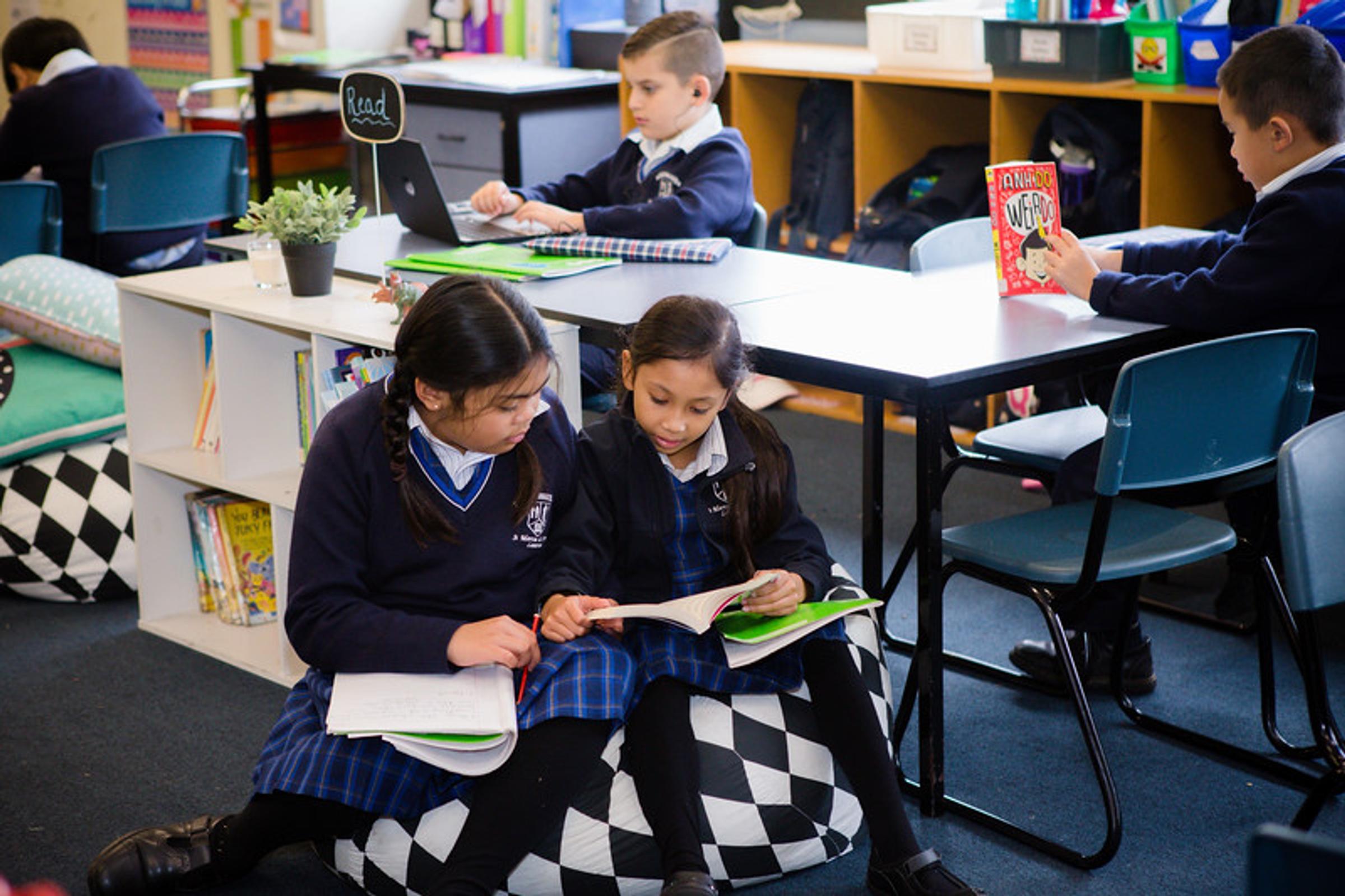Learning & Teaching News

Early years focus: What you can do to promote maths every day
Discussing and exploring mathematics with children requires no special resources. Instead, what is needed is awareness and confidence for parents and families about how to engage.
These are the type of activities that are important for early maths learning which are easy for parents to use:
Comparing objects and describing which is longer, shorter, heavier, or holds less.
Playing with and describing 2D shapes and 3D objects.
Describing where things are positioned, for example, north, outside, behind, opposite.
Describing, copying, and extending patterns found in everyday situations.
Using time-words to describe points in time, events and routines (including days, months, seasons and celebrations).
Comparing and talking about the duration of everyday events and the sequence in which they occur.
Saying number names forward in sequence to ten (and eventually to 20 and beyond).
Using numbers to describe and compare collections.
Using perceptual and conceptual subitising (recognising quantities based on visual patterns), counting and matching to compare the number of items in one collection with another.
Showing different ways to make a total (at first with models and small numbers).
Matching number names, symbols and quantities up to ten.
Games to play using everyday situations
Sometimes it can be difficult to come up with activities and games to play that boost children’s mathematics learning, but there are plenty. For example, talk with your children as you prepare meals together. Talk about measuring and comparing ingredients and amounts.
You can play children’s card games and games involving dice, such as Snakes and Ladders, or maps, shapes and money. You can also read stories and notice the mathematics – the sequence of events, and the descriptions of characters and settings.
Although these activities may seem simple and informal, they build on what children notice and question, give families the chance to talk about mathematical ideas and language, and show children that maths is used throughout the day.
Make it relevant to them
Most importantly, encouraging maths and numeracy in young children rely on making it appealing and relevant to them. For example, when you take your child for a walk down the street, in the park or on the beach, bring their attention to the objects around them – houses, cars, trees, signs.
Talk about the shapes and sizes of the objects, talk about and look for similarities and differences (for example: let’s find a taller tree or a heavier rock), count the number of cars parked in the street or time how long it takes to reach the next corner.
Discuss the temperature or the speed of your walking pace.
Collect leaves or shells, and make repeating patterns on the sand or grass, or play Mathematical I Spy (I spy with my little eye, something that’s taller than mum).
It is never too soon to begin these activities. Babies who are only weeks old notice differences in shapes and the number of objects in their line of sight.
So, from the earliest of ages, talk with your child about the world around them, being descriptive and using mathematical words. As they grow, build on what they notice about shapes, numbers, and measures. This is how you teach them mathematics.
Daniela De Luca
Numeracy & Literacy Leader
